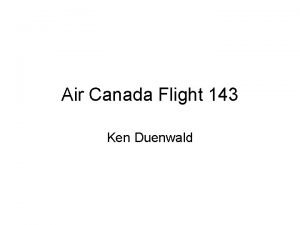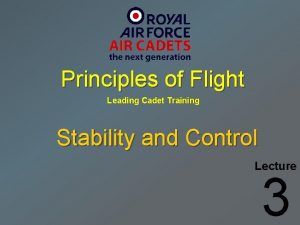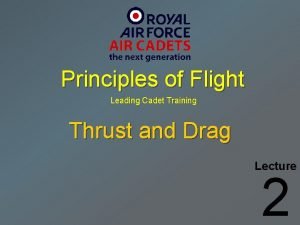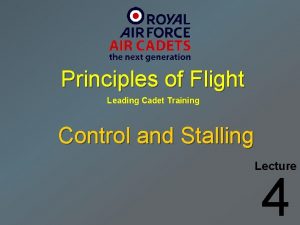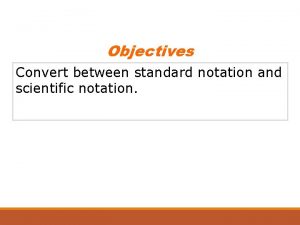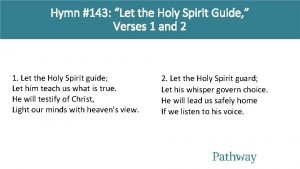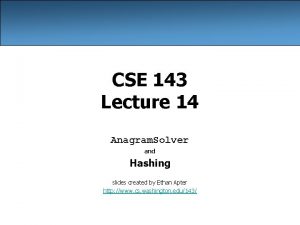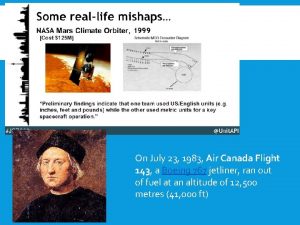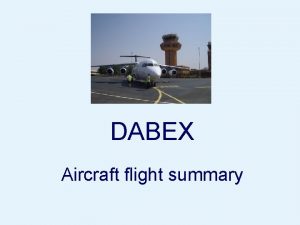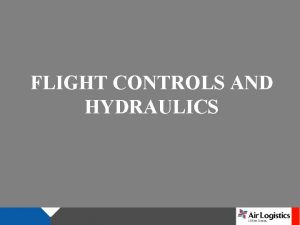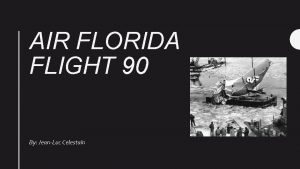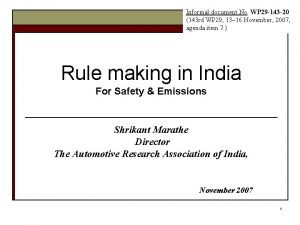Air Canada Flight 143 Ken Duenwald Overview The











- Slides: 11

Air Canada Flight 143 Ken Duenwald

Overview • The Incident • The Causes – Damaged Fuel Gauge Processor – Crew Assumptions – Unit Conversion Error • Summary – Lessons Learned

The Incident • 23 July 1983 • New Boeing 767 • Scheduled Montreal to Edmonton Flight • Fuel exhausted midflight • Diverted to Gimli, Manitoba http: //presurfer. blogspot. com/2007/11/gimli-glider. html http: //www. wadenelson. com/gimli. html

Damaged Fuel Gauge Processor • Dual Channel System • Faulty inductor coil in one channel, gauges blank • Damaged channel disabled, gauges restored • Damaged channel later reactivated http: //www. isplc 2006. org/b 2 b/crude_oil/1/

Crew Assumptions • Malfunction and blank gauges noted • Manual Fuel Measurement • Flight crew assumptions vs. Minimum Equipment List http: //jetphotos. net http: //users. telenet. be/dkaviation

Unit Conversion Error • • • Volume vs. Weight 22, 300 kg. of fuel required 7, 682 liters measured before refuel Metric System new in Canada Incorrect mass to volume conversion (lb vs. kg) Fuel Quantity Correct value Calculated Value Conversion Factor 0. 803 kg/liter 1. 77 lb/liter Weight before refuel 6, 169 kg 13, 597 lb Weight required to refuel 16, 131 kg 8, 703 lb Volume required to refuel 20, 088 liters 4, 916 liters Total Fuel 22, 300 kg 22, 300 lb (10, 116 kg) Source: Flight Safety Australia

Summary • Fuel Exhaustion Mid-flight • Causes – Mechanical Flaws – Human Error • Lessons Learned

How the plane was landed • • No fuel, power, hydraulics, or electronics Ram air turbine provided basic systems Side-slip (Crab) Configuration Increased descent without increased speed http: //blog. fagstein. com/wp-content/uploads/2008/07/

Damaged Processor Details • Design Faults – Cold Solder Joint – Dual Channel Flaw • Malfunction Log Error http: //workmanship. nasa. gov/lib/insp/2%20 books/links/sections/601%20 General%20 Requirements. html

Why volume vs. weight • Ground crew only considers how much fuel to add – Volume easier to measure • Pilots consider weight for various factors – Take-off – Cruise Speed – Landing • Adequate amount without excess weight

Aftermath • Plane repaired and resumed service • Government Recommendations – Metric conversion training – More spare parts • Improved training with new aircraft • Aircraft design improvements • Ethical Improvements
 Air canada flight 143
Air canada flight 143 Fight flight freese
Fight flight freese Air higroskopis air kapiler dan air gravitasi
Air higroskopis air kapiler dan air gravitasi Principles of flight air cadets
Principles of flight air cadets Korean airlines flight 801
Korean airlines flight 801 Principles of flight air cadets
Principles of flight air cadets Principles of flight air cadets
Principles of flight air cadets Air arabia flight
Air arabia flight 143 000 in scientific notation
143 000 in scientific notation The area of the parallelogram defg is 143 square units
The area of the parallelogram defg is 143 square units Let the holy spirit guide
Let the holy spirit guide Cse 143 letterinventory
Cse 143 letterinventory
